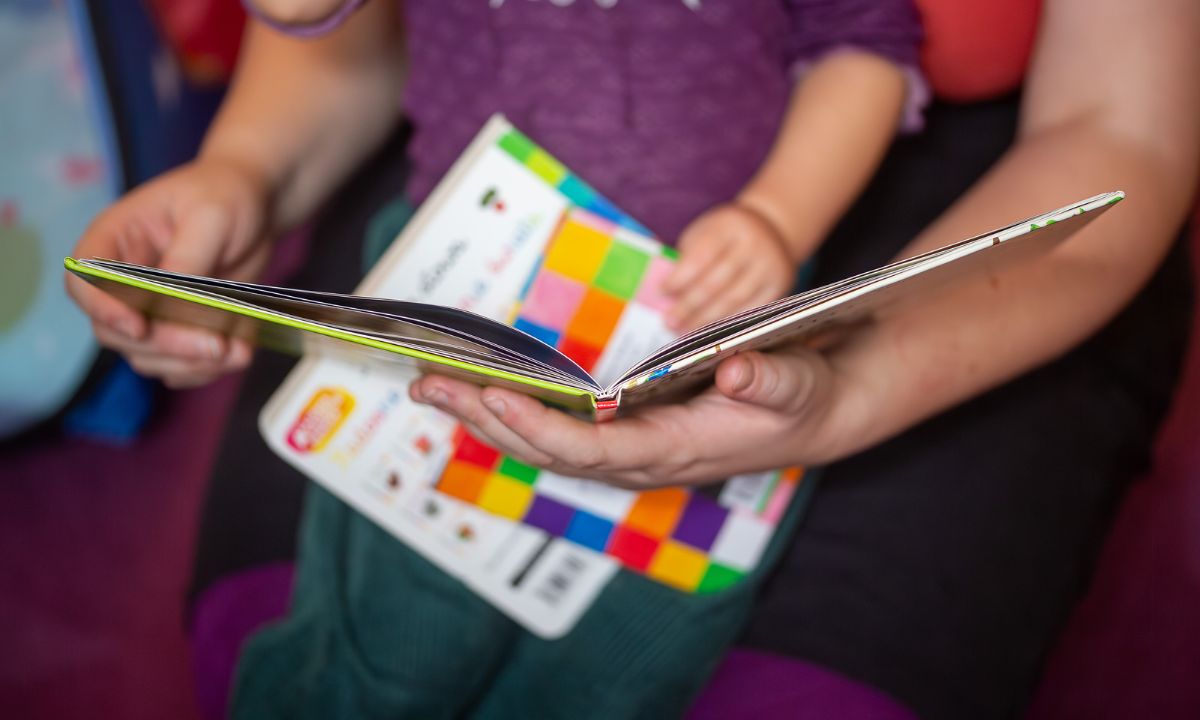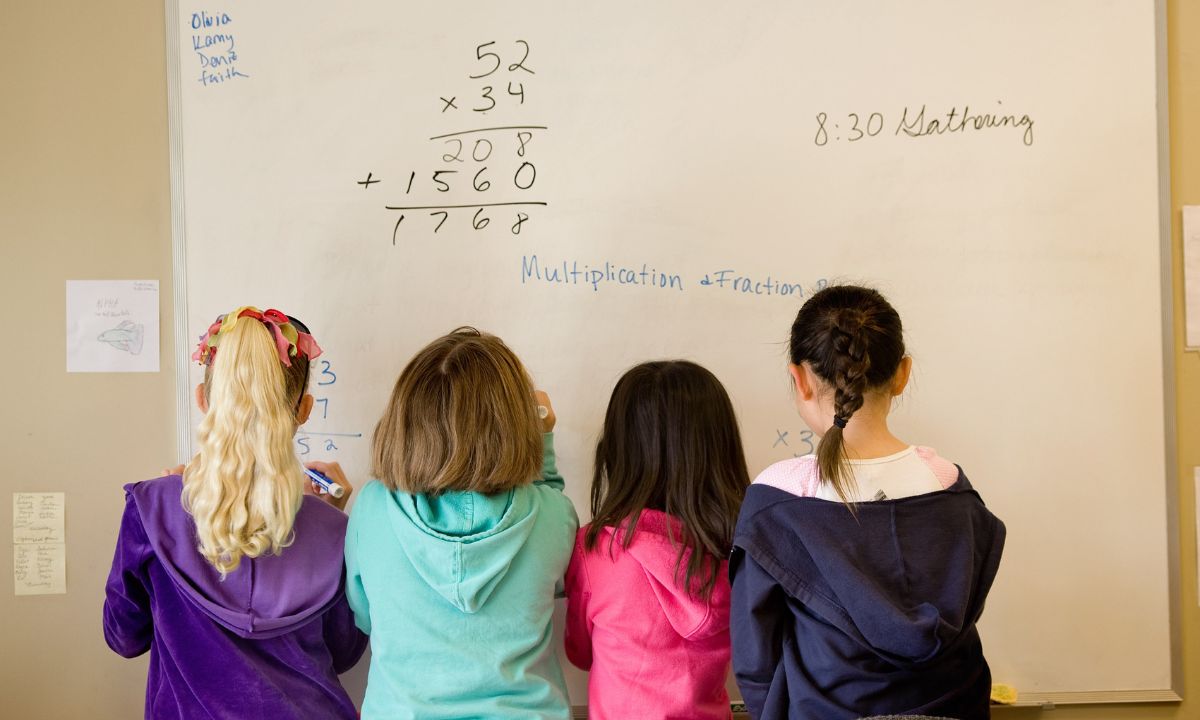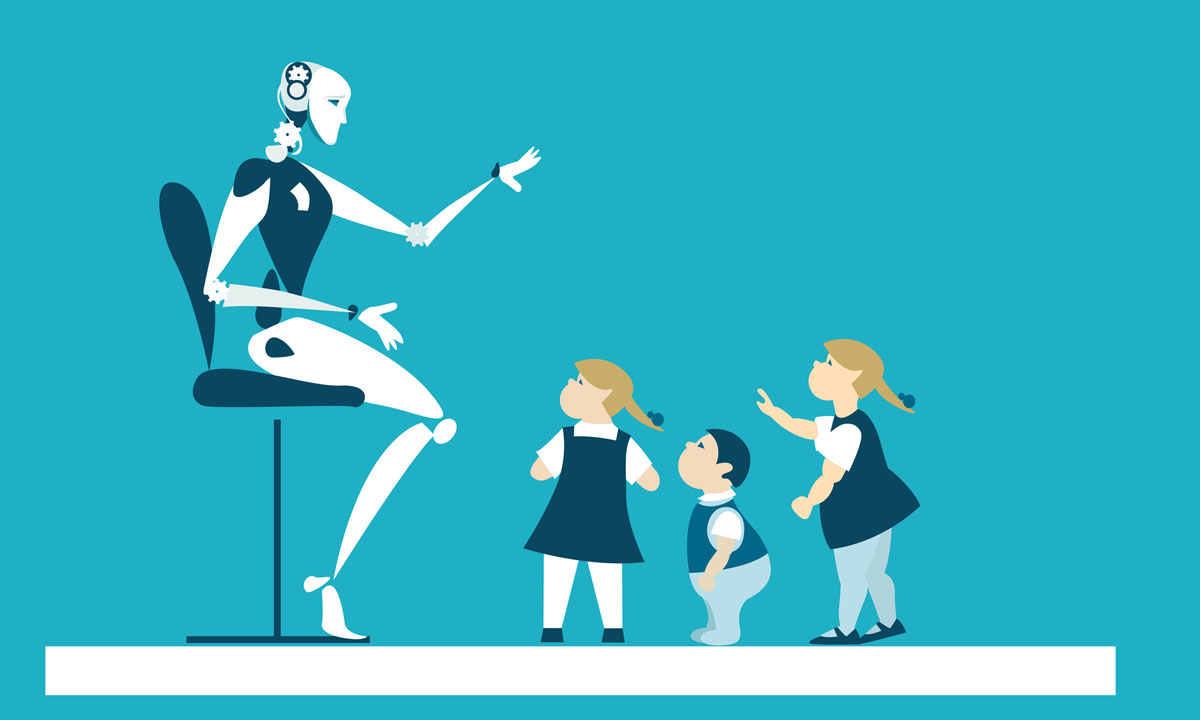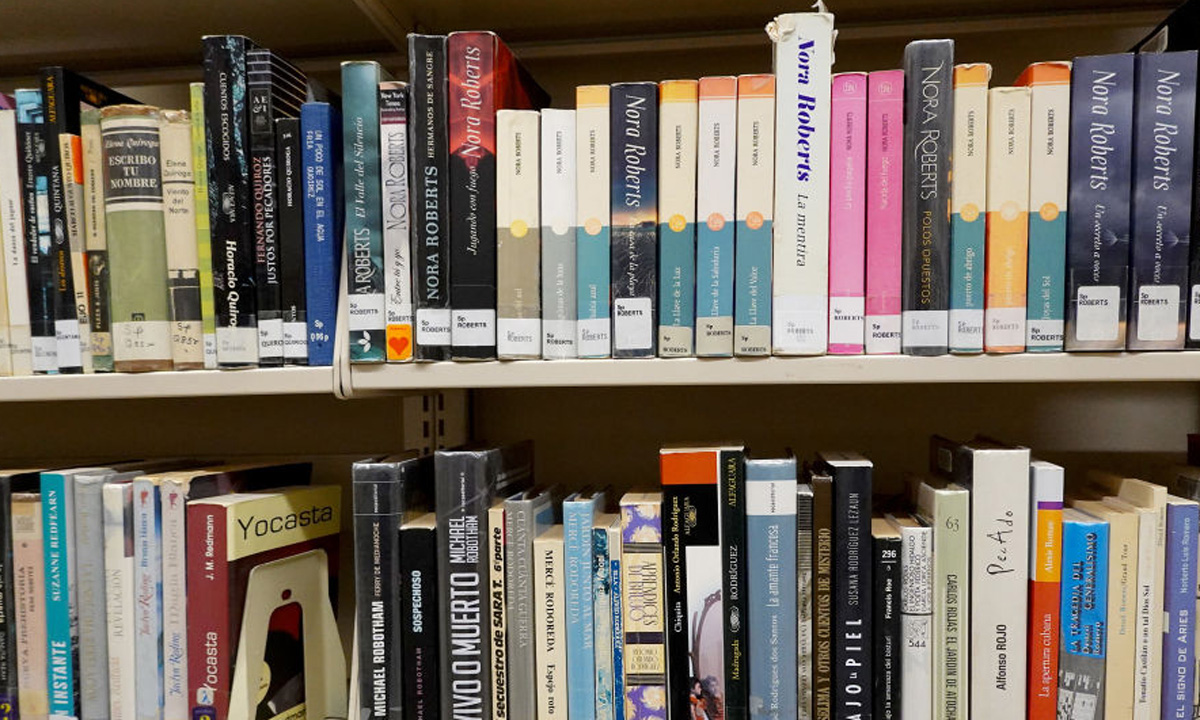Closing the long-standing success inequalities between boys and girls in STEM has been the focus of academic techniques, assistance, and policy for almost 20 years. As a result of these initiatives, females’ achievement in math and science by 2019 was on par with or better than that of boys. After the pandemic struck, the cracks that had been closed for twenty years reappeared.
Recently, my coworkers and I at the education assessment and research firm NWEA published new data that looked at how the pandemic affected math and science ability for both boys and girls. We examined results from the National Assessment of Educational Progress, the Trends in International Mathematics and Science Study, and the NWEA’s MAP Growth, three sizable national examinations. Two key trends emerged from the data:
- The achievement gap in math and science reemerged during the pandemic, once again favoring boys. However, an achievement gap did not resurface in reading, where girls continue to outperform boys.
- Looking at high-achieving students, boys showed significantly higher scores across assessments than girls in both math and science. For low-achieving students, however, boys scores were lower than girls .
The United States is not alone in these developments. Similar disparities are seen in other English-speaking nations, suggesting a more widespread problem. More locally, a similar pattern is observed. The scores are similar across the country on the NAEP exams, which include data for math in the eighth grade unique to California. The average arithmetic score for California boys and girls in 2019 did not differ much. However, by 2024, boys’ average arithmetic scores were six points higher than girls’.
Boys’ and girls’ eighth-grade algebra enrollment in 1,300 U.S. schools was another aspect of our study. Enrollment in this arithmetic course is frequently used to predict future high school enrollment in more advanced math courses, college attendance, and STEM-related employment options. Girls were more likely than boys to enroll in eighth-grade algebra in 2019 (26% vs. 24%). Both groups’ enrollment had decreased by 2022, with the drop-off for girls being somewhat more pronounced than for boys. Both experienced the drop, but by 2024, boys’ algebra enrollment had returned to pre-pandemic levels.
When combined, the study’s findings indicate that boys and girls did not experience the pandemic’s consequences equally. More importantly, the reasons behind these losses and the reappearance of achievement inequalities are not explained by this data. One aspect worth highlighting is the pattern of girls having increased emotional difficulties, such as anxiety and despair, both during and after the epidemic, which may have affected their academic performance. Significantly, the gender disparity widened once pupils resumed attending traditional classrooms, suggesting that school-related factors, such as reports of an increase in behavioral problems among males, may have contributed to this.
Our research has highlighted a neglected area where girls could benefit additional help, even though much of the concerns in recent years regarding gender gaps in education have centered on the ways that boys are struggling more than girls. In order to prevent the emergence of new injustices or the permanent establishment of existing ones, it is imperative that schools continue to prioritize academic recovery and strategies that improve academic outcomes for all kids. To close these gaps, we provide the following three main recommendations:
1. Tracking boys’ and girls’ involvement in STEM milestones across time, rather than simply in a single year, to better understand patterns. For instance, while eighth-grade algebra enrollment in 2024 seems to be balanced by gender, it ignores a crucial trend: while girls’ participation is still below 2019 levels, boys’ enrollment has recovered to pre-pandemic levels. Finding and fixing setbacks that can be obscured by a single point in time picture requires analyzing longitudinal patterns within each group.
2. Giving pupils targeted emotional and intellectual help.During the epidemic, girls reported higher levels of worry, anxiety, and sadness than males, and they cited this as a barrier to their ability to learn. Closing these new gaps in STEM skills may depend on attending to children’ emotional and cognitive demands.
3. Assessing teaching methods and classroom dynamics.If males in STEM disciplines benefited disproportionately from changes in behavior and teacher focus during the pandemic, then comprehending these changes could aid in closing the achievement gap that has resurfaced. To guarantee that every student has an equal chance to succeed, targeted professional development that encourages fair participation and inclusive STEM teaching methods can be helpful.
It’s crucial that our schools’ lengthy journey toward academic recovery doesn’t inadvertently exacerbate already-existing disparities or lead to the creation of new ones. There is mounting evidence that the epidemic did not impact equal opportunities and that pupils were impacted differentially by its disruptions. Going forward, addressing achievement gaps, providing tailored help, and closely monitoring progress will be necessary for girls in math and science. Although it will take time to close the STEM divide, with the correct effort, it is possible to not only recover but also create a more equitable STEM education system that guarantees both girls and boys have equal career prospects.









